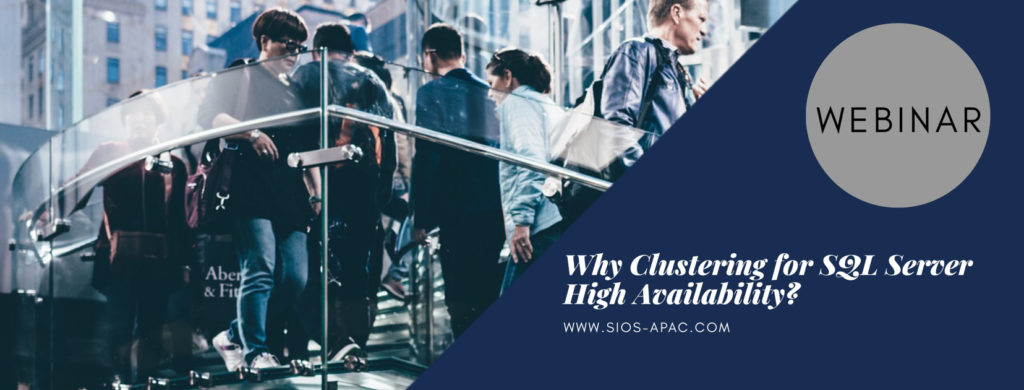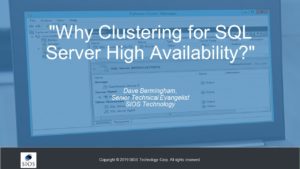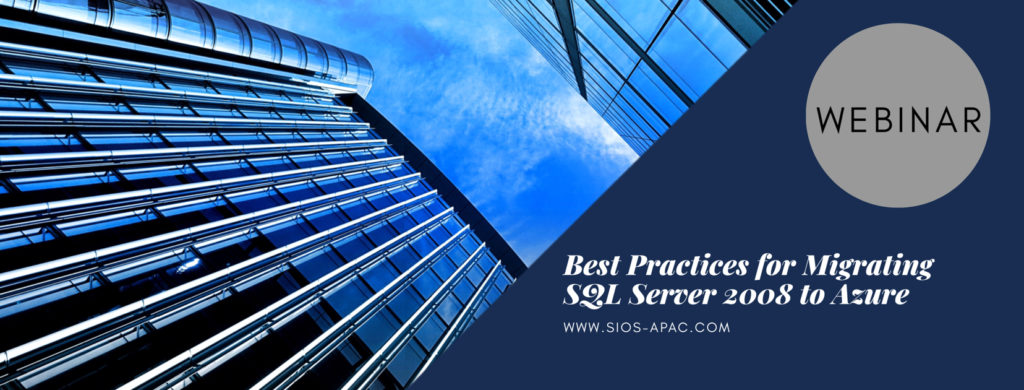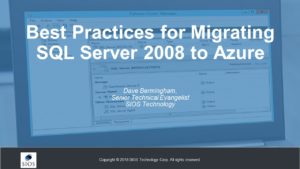
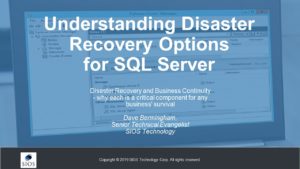
Webinar: Understanding Disaster Recovery Options for SQL Server
Yes – you need a disaster recovery plan! Your SQL Server data depends on it.
On this webinar, Dave Bermingham, Microsoft Datacenter and Cloud MVP, explains the difference between Disaster Recovery, Business Continuity and High Availability and why each is a critical component for any business’ survival. Discover what key components should be included in your Disaster Recovery, Business Continuity plans and explore some of the tools available to help achieve your Disaster Recovery, Business Continuity goals.
Concerned about end of support for SQL Server 2008? See how SIOS helps customers prepare for SQL Server 2008 EOS.
